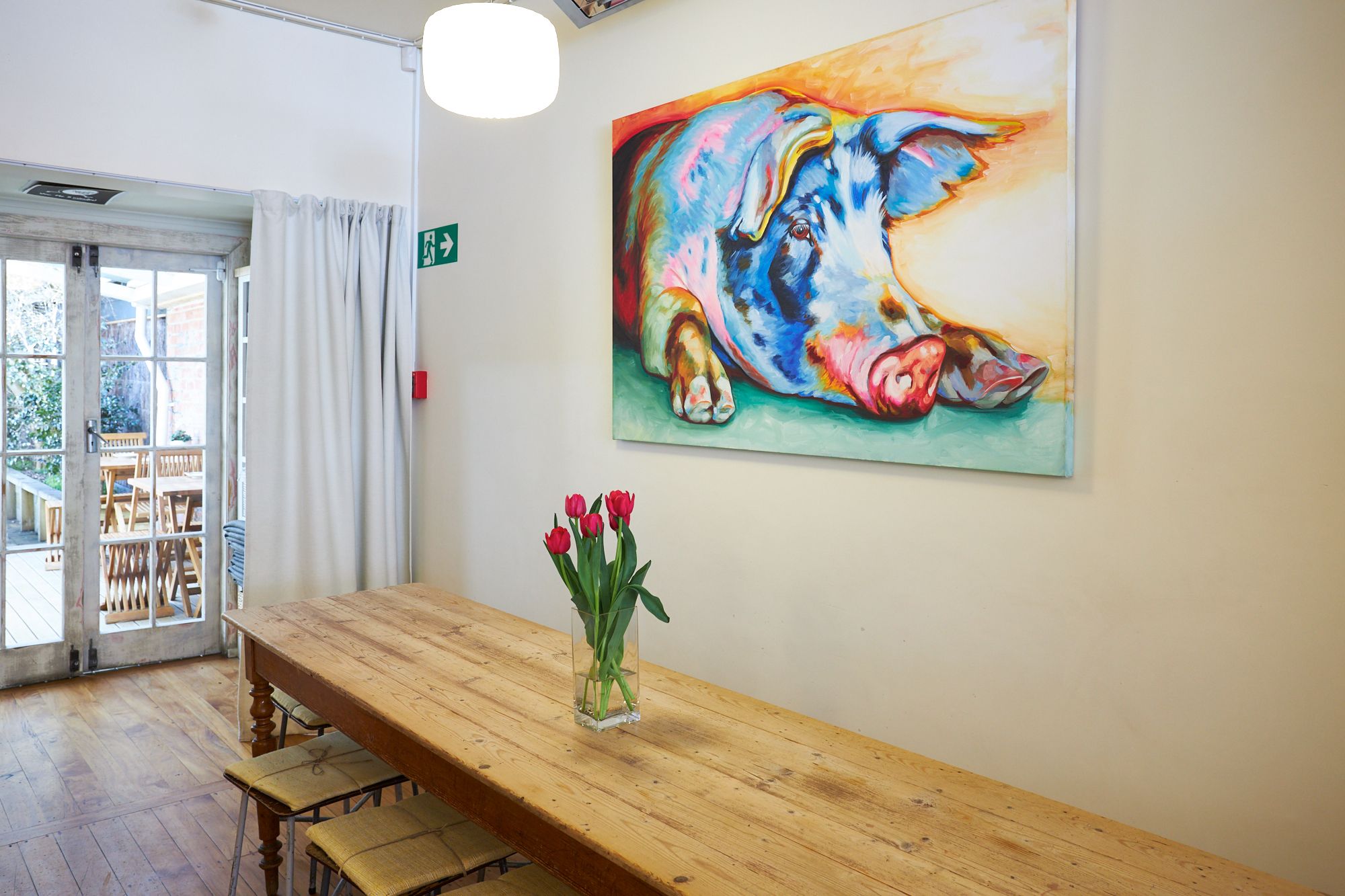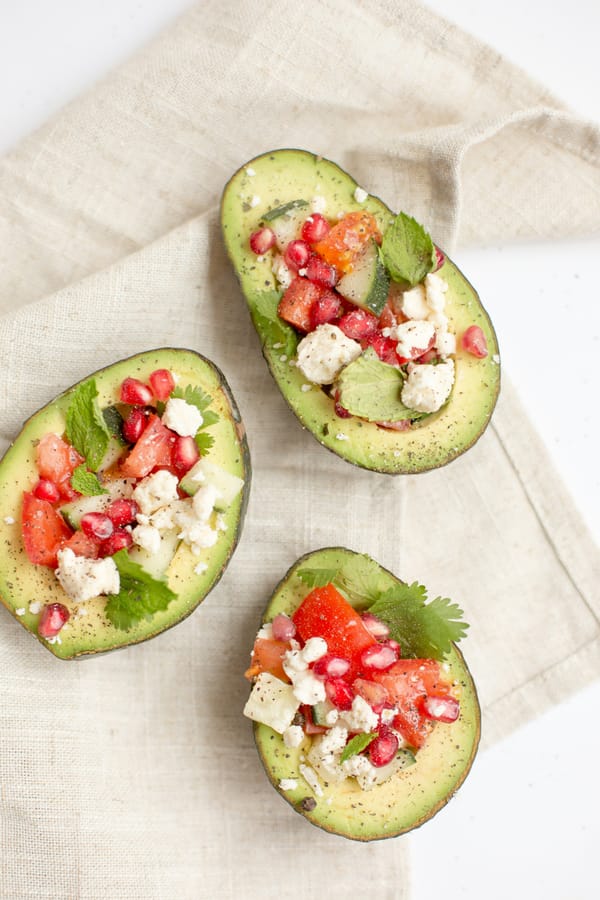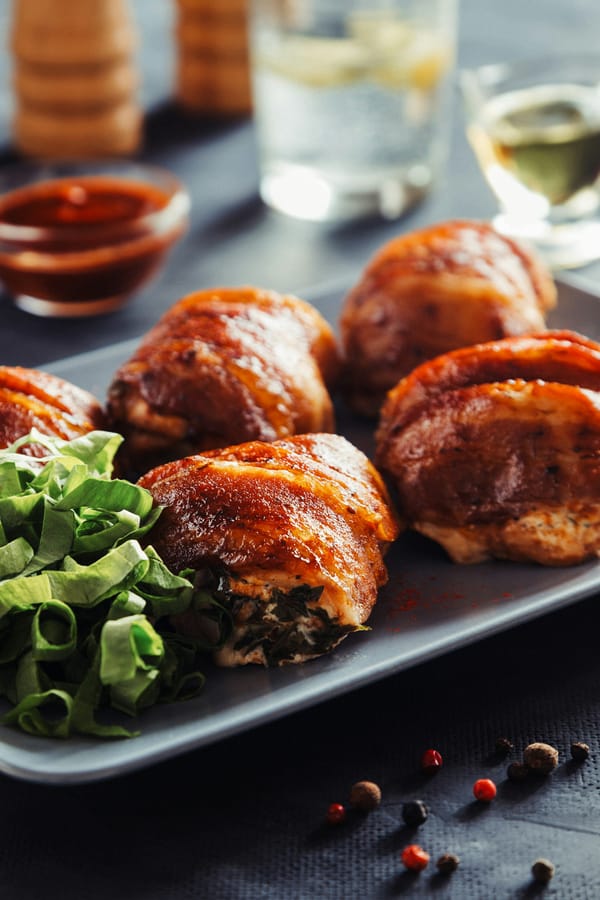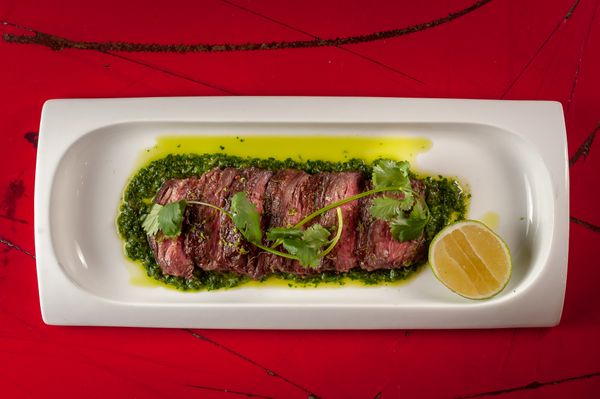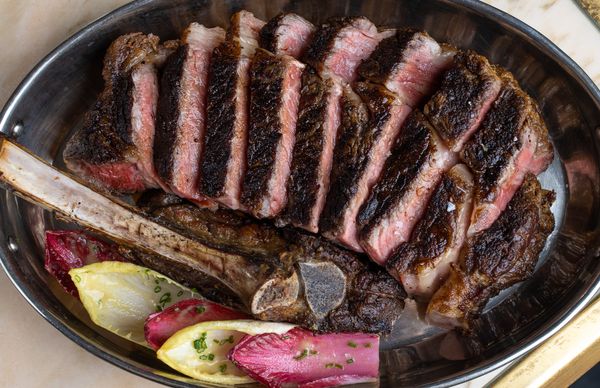Braised duck, and duck liver ravioli. A taste of Pasta & Cuore with Chef Gabriele Marangoni
"I decided to share this recipe with readers because I believe it is a responsible way to use most of the animal, trying to throw as little out as possible."
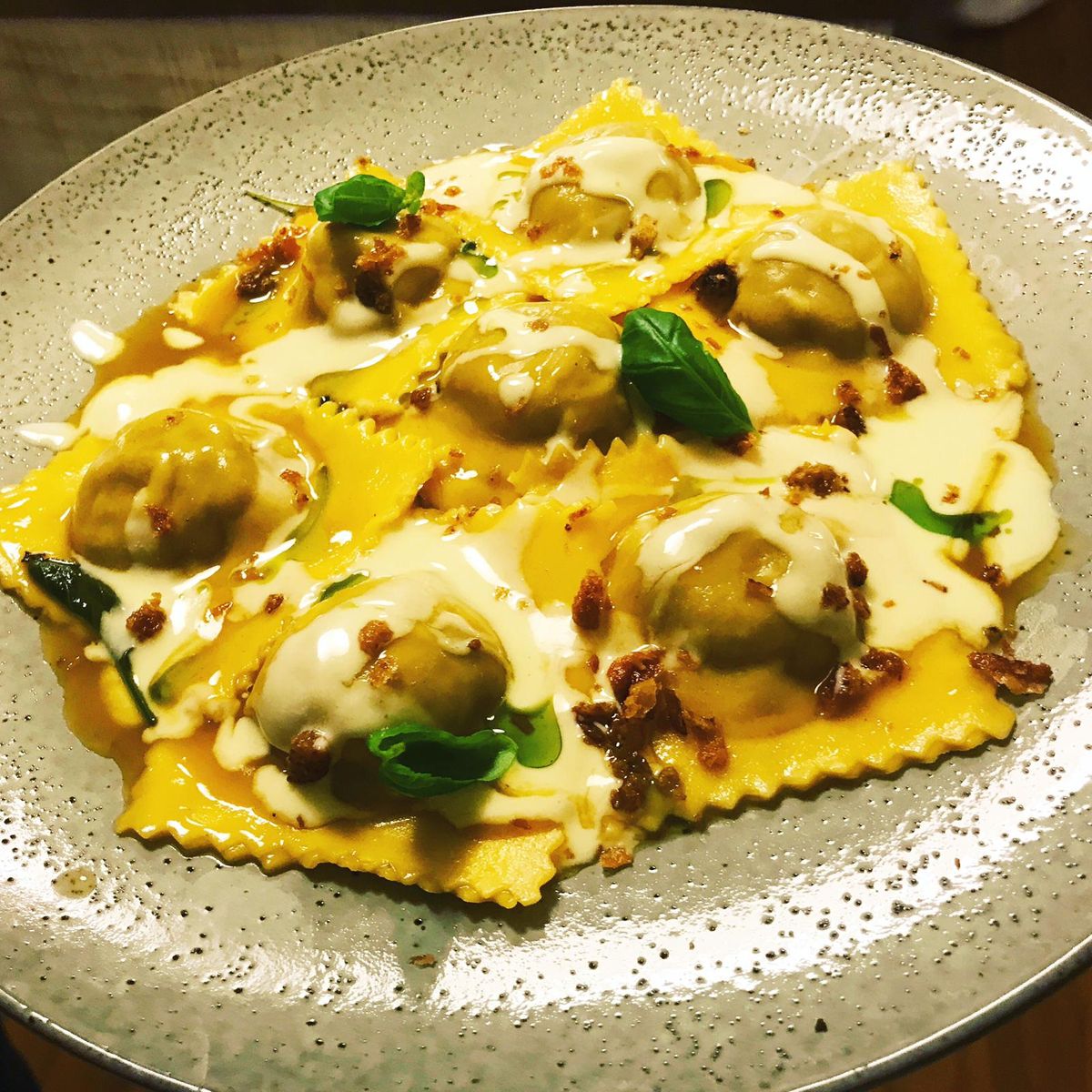
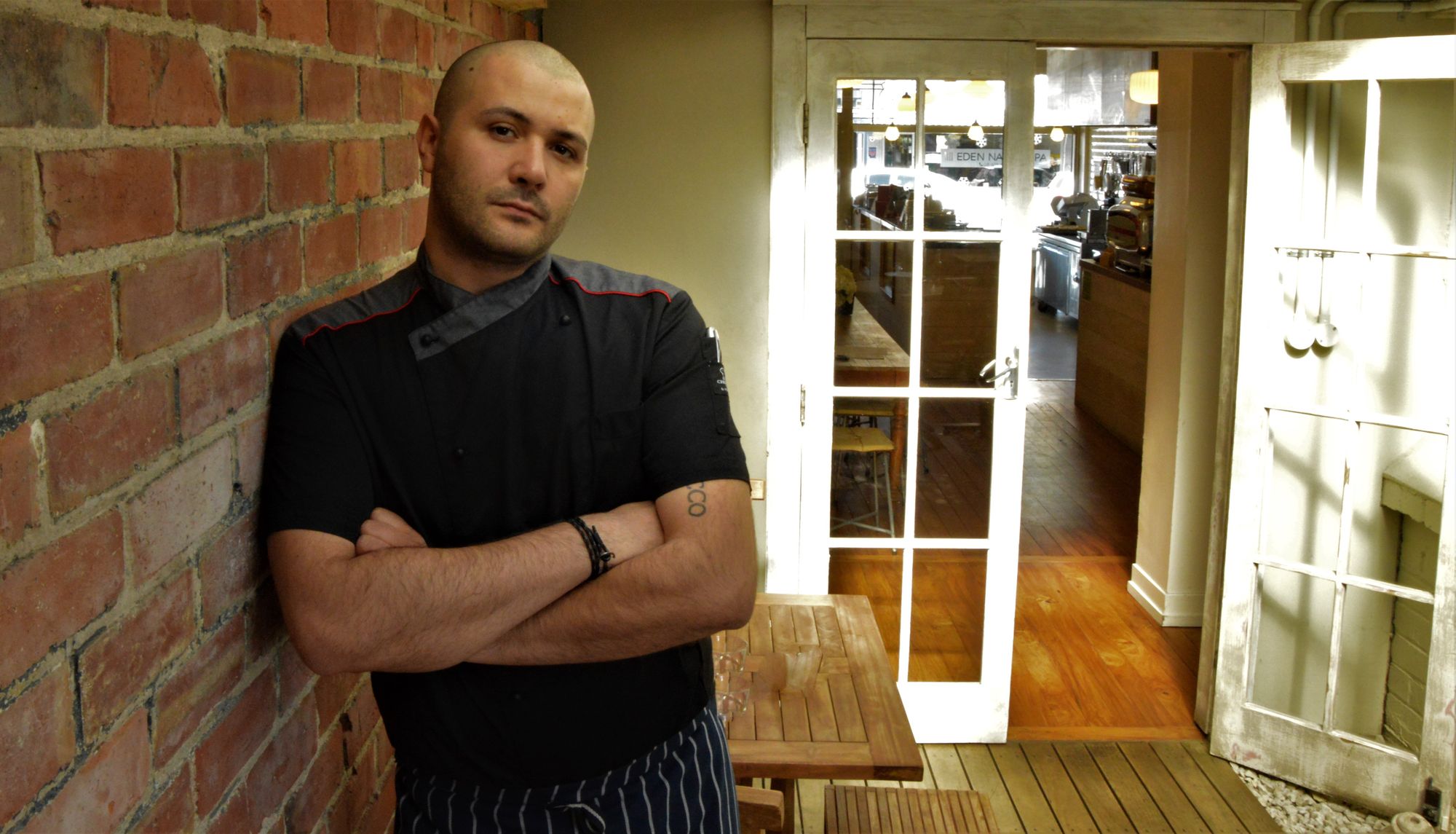
Gabriele Marangoni is the head chef at Pasta & Cuore in Auckland, New Zealand. The restaurant specializes in producing fresh handmade pasta using traditional methods and only the best quality ingredients. To spread their love of pasta as far as possible, the restaurant also sells take-home pasta for people to enjoy with their family and friends. To learn what drives Gabriele as a chef, we asked him a few questions and to share one of his favorite recipes.
What do you like to cook and why?
"I was born and raised in Bologna, Italy, which is known as the Italian capital of cuisine and fresh pasta. During my childhood, I found myself in contact with tortellini, ravioli and tagliatelle, which has undeniably created an almost ancestral love in me for the Italian cuisine, and in particular for the Emiliano-Romagnola cuisine. I can still remember the scent of freshly fried crescentine at country fairs, the mumbling ragout pots present in the house for days as if they were another member of the family, or how alarm clocks go off at 2 am to go and open the windows of the maturing cellar of salami in the wettest nights.
At the same time as I attended hospitality school, I helped my mother in the restaurant where she worked, cleaning the mussels and shellfish. I remember her preparing various pasta shapes with great accuracy and dedication. I probably owe her my passion for cooking and for her tenacity in teaching me this art. When I was 16, my kitchen teacher, Mattia Luconi, asked me to help him in his restaurant. From this moment, I felt I belonged to the world of long hours, sharp knives and hot pots. The kitchen has always made me feel safe and at ease; maybe that's why I never left it. I refined my technique in the food valley between Bologna and Parma, and then, in 2014, I decided to bring my experience here to New Zealand."
What is your best cooking tip for readers?
"If you start a recipe with excellent products, it is very likely you will get excellent results. Talk to your butcher, with your fishmonger, with your cheesemaker and even with the supermarket shop assistant; they will direct you to the right products, and maybe it will also turn into a beautiful friendship."
What do you know now, that you wish you knew when you first started as a chef?
"Becoming a professional chef is a long and difficult road that involves long hours, headaches and a good dose of stress. I would have liked to have known how to manage stress better. Our profession is like a long-term relationship; we need to learn and accept the negative sides as well as the positive."
What are your favorite dishes to cook on your current menu that you recommend the most to diners?
"Those who come to our restaurant who want to catapult themselves to Bologna, I would definitely recommend the tortellini in free-range chicken broth or Parmigiano Reggiano cream which is the most iconic dish of our city. Our pasta makers Teresa and Flavia prepare them fresh every Friday and Saturday. Otherwise Tortelloni with Parmigiano Reggiano, ricotta and Italian parsley are found throughout the week and are a great alternative for vegetarians. For the meat lovers, I recommend the “Cotoletta Bolognese" which is nothing more than a Milanese schnitzel covered with 18 months aged prosciutto di Parma, 24 months aged Parmigiano Reggiano and we let it simmer in broth and butter until all the flavors come together."
Why did you choose this recipe to share?
"Having grown up with a peasant culture, I have always respected a lot of animals and the sacrifice they give to us human beings. For this reason, as a Chef and as a man, I believe I have a great responsibility towards them, so I decided to share this recipe with readers because I believe it is a responsible way to use most of the animal, trying to throw as little out as possible. Here at Pasta & Cuore, we have a painting by Silla Guerrini (see image below) depicting a pig at rest. For us Italians, the pig was a source of livelihood for our people before, during and after the war. And in Bologna, we like to say that 'nothing is thrown away of the pig'. This is the philosophy that I like to share with the staff and with customers, that there is so much potential with some of the products we throw away every day, from which we can obtain amazing delicacies."
Recipe: Braised duck, and duck liver ravioli with duck bone reduction, fontina fondue and crispy duck skin
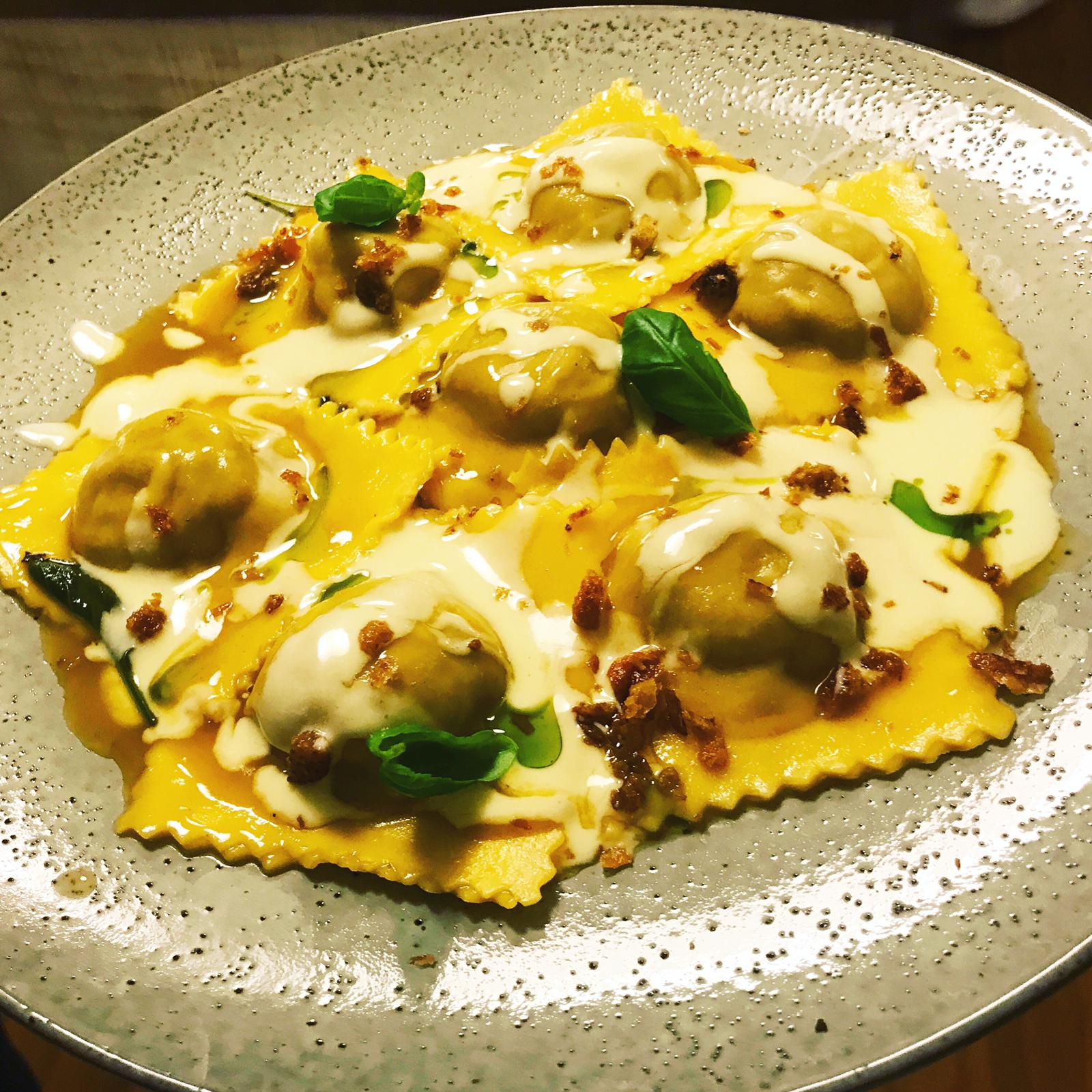
Braised duck and duck liver filling:
1 Whole duck (1.5 - 1.8 kg)
150 gr of duck liver
1 onion
1 carrot
1 celery rib
5 garlic cloves
1 shallot
300 ml of Marsala wine
100 ml of dry white wine
2 tablespoon of tomato paste
500 ml of chicken broth
100 gr of grated Parmigiano Reggiano
120 gr of cow ricotta
80 gr of butter
20 ml of olive oil
Rosemary
Sage
Salt and Pepper to taste
Directions:
- Preheat the oven to 180 C, in the meantime take the skin off the duck, remove the head and the feet and keep aside for later.
- Cut the duck in to chunks, sear the meat in a hot pan with 50 gr of butter and the olive oil until is golden brown, season with salt and pepper. When this is done, put the meat aside.
- In the same pan add the carrot, the onion, the celery and 2 garlic cloves (roughly chopped), and cook for 5 minutes at high heat. Now deglaze the pan with 150 ml of Marsala wine until the alcohol disappears, and then transfer everything in to a baking tray.
- Add the meat on top the vegetables, add the tomato paste, rosemary and sage, the white wine and cover the meat with the chicken broth.
- Close the tray tight with foil and cook in the oven for 2 hours turning the meat every 30 minutes.
- In the meantime, prepare the duck liver. Pan fry the shallot and 2 garlic cloves (previously chopped) with the rest of the butter until they are half cooked and then add the duck liver, fry for 5 minutes or until all the formed water disappears, douse with the rest of the Marsala and cook for 3-5 minutes more at high heat, and then keep aside for later.
- Once the duck is cooked let it cool down a little and remove the flesh from the bone, keeping the bones for later.
- Now add the duck meat to the duck liver, the vegetables and the cooking juices and blend everything until it is nice and smooth, filter everything with a narrow mesh strainer, add the ricotta and the Parmigiano and mix together.
- Store the filling in the fridge.
For the pasta dough:
800 gr white flour
4 whole free-range eggs
8/9 free-range yolks
Directions:
- Break the eggs and separate the yolks from the whites.
- Whisk the eggs lightly, and then in a pasta mixer with spiral hook or by hand mix the flower with the eggs until the dough comes together, now form a ball of dough and let it rest, cover with cling film for at least half an hour in the fridge.
For the duck bone reduction:
Bone and head from before
1 carrot
1 onion
1 celery rib
Salt at taste
1 tablespoon of cornstarch
Directions:
- Pre-heat the oven to 250 C.
- Place the bones, the head and the feet in to a tray and cook them in the oven for about 8/10 minutes, then put them in a pot and and add all the vegetables and 5L of cold water and bring to the boil, once it is boiling let it simmer uncovered until it reduces down to 1/7th of the liquid remaining, now slightly salt it, and strain the broth from the bones.
- Bind the broth with the starch slightly diluted in cold water.
For the crispy skin:
Skin from before
Salt and pepper to taste
Directions:
- Preheat the oven to 160 C.
- Season the skin and place it into a baking tray lined with baking paper, cook in the oven for 90 minutes or until crisp.
- Once it is cold chop the skin finely, and put to be sprinkled on your ravioli.
For the Fontina fondue:
100 ml of double cream
80 gr of Italian Fontina
1 tablespoon of grated Parmigiano Reggiano
Salt to taste
Directions:
- Chop the fontina finely, place it into a tall narrow container and add the Parmigiano Reggiano.
- Bring the cream almost to boiling point, add the hot cream to the Fontina and Parmigiano Reggiano mix, then blend everything with an immersion blender until the fondue will be shining and silky.
- Correct with salt if necessary.
How to cook the ravioli:
- Take the pasta dough from the fridge, spread it thinly with a pasta machine and form your ravioli with the mixture.
- Cook the ravioli in a salty boiling water for 3-4 minutes, then strain and put in a pan with the bone reduction, a bit of butter and some sage leaves and cook in the pan until the sauce is thick enough.
- Plate the ravioli, sprinkle them with the fondue and crispy skin and serve.
- Enjoy!
